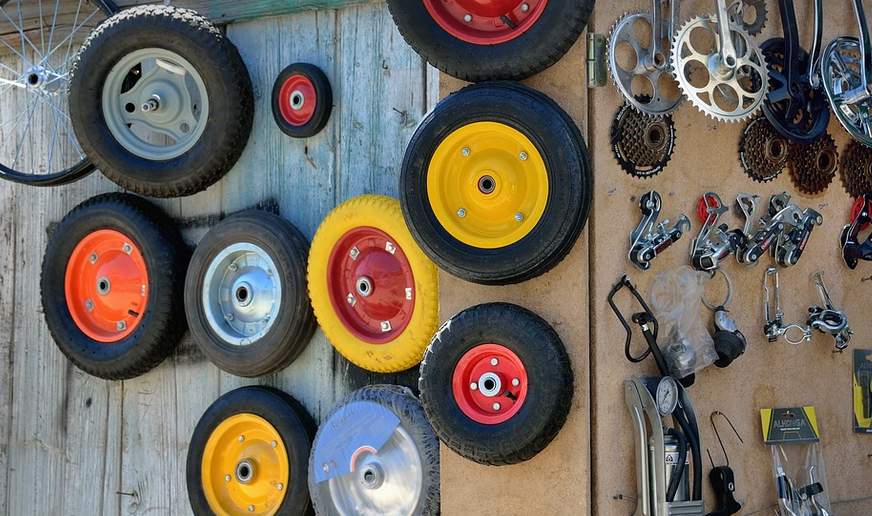Understanding the Importance of Smooth Transportation
Moving a betta fish can be stressful, but with careful planning and the right techniques, you can ensure your finned friend arrives at their new home safe and sound. Betta fish are delicate creatures that thrive in specific water conditions, and transporting them can disrupt these delicate balances. The key to smooth transportation is minimizing stress, which will allow your betta to adapt to a new environment more easily and maintain its natural behaviors.
When choosing the right transportation method for your betta fish, consider their size, your travel distance, and available resources. For short distances, you might opt for simply transporting them in your hands or using a small, secure container designed specifically for fish transport. However, if you’re traveling long distances or need to move your betta across state lines, then an airline carrier will likely be more appropriate.
Pre-Transport Preparations
Before embarking on your journey with your betta, it is crucial to ensure they are acclimated and comfortable. First, make sure you have the proper tools. You’ll need a secure container that allows for easy air circulation and visibility while ensuring the betta can move freely. A clear plastic cup or small aquarium with a lid will work well in this case. Next, prepare your new tank by filling it with fresh water, adding a few drops of fish-safe dechlorinator, and setting up a gentle filter to create a welcoming environment for your betta.
Before you transfer your betta into the container or carrier, ensure you have all their essential supplies readily available. A small net, food pellets, a thermometer, a heater (optional), and a few pieces of plants are a must-have for this journey. This will help with acclimation and prevent any unnecessary stress on the day of transport. It’s important to understand that your betta is naturally drawn to water, so you can test if the container or carrier has enough space by submerging it in a bowl of water first.
Acclimation: A Pre-Journey Ritual
Your betta’s wellbeing relies heavily on acclimating to their new environment before and during transportation. The process involves gradually introducing your betta to the new tank’s conditions. Start by placing a container with fresh, dechlorinated water from their current tank into the new one for 15-20 minutes. This allows your betta to become familiar with the new water temperature and pH levels before they’re completely submerged.
Next, gently transfer the betta using a net or a small cup. Let them explore the new environment while remaining in a quiet corner of the tank. This gradual transition minimizes stress and helps them acclimate to their new surroundings more easily. Keep an eye on your betta for any signs of distress such as rapid breathing, fin rubbing, or hiding behavior. If you notice these signs, it’s essential to readjust the water parameters or move them back into their original environment until they feel comfortable.
Choosing the Right Transport Container
When selecting a transport container for your betta fish, consider the following aspects: Ensure it is transparent and of proper size. The container should allow adequate space for movement while remaining leakproof. You can try using a small plastic cup or a clear, cylindrical aquarium as they offer excellent visibility and reduce stress.
To ensure a comfortable journey, you may need to adjust the betta’s position within the container. Consider placing leaves or pebbles in the bottom of the container to provide additional stability and support for your betta. As it is not always advisable to change the environment immediately after arrival at the new destination, it’s important to avoid any sudden changes in water temperature or flow.
Minimizing Stress: The Key to Smooth Transportation
Your betta fish is a sensitive creature with delicate body structure. Therefore, minimizing stress during transportation is essential to their survival and wellbeing. Here’s how: Avoid sudden movements, loud noises, or extreme temperature changes during the journey. Use soft, gentle handling techniques to transfer your betta from one container to another.
For long-distance travel, consider using a car air vent to help with the betta’s adaptation to the new environment. You can also use a fan for circulation and maintain a steady temperature. Always carry the betta in a secure position to prevent accidents or spills during transport. Remember that your betta needs time to adjust.
The Journey Home: Ensuring a Safe Landing
Upon arriving at the new home, immediately place the betta into the prepared tank. Carefully add the water directly from their original container and allow them to acclimate for a few hours before feeding them. This helps them adjust to their new environment without any sudden changes.
Remember that your betta fish’s journey is not just about arriving at the destination; it’s also about helping them feel safe, secure, and comfortable. Observe your betta closely during their initial acclimation period. If they show signs of stress or discomfort, adjust their environment accordingly to minimize any further distress.
